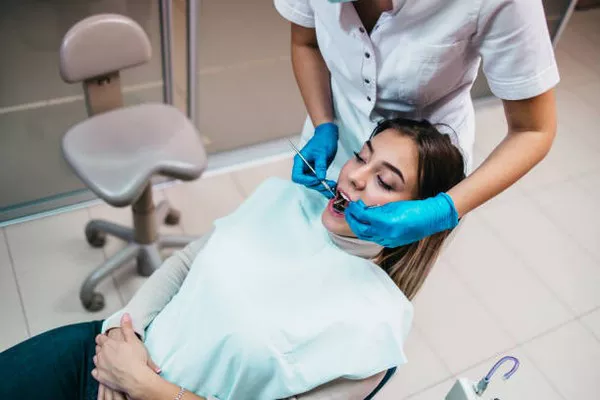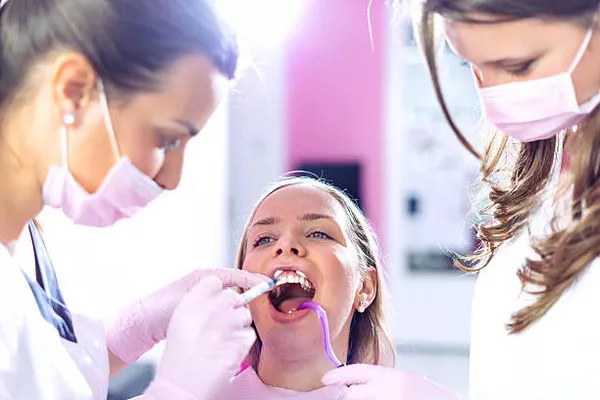In today’s world, oral health is of paramount importance, and one of the most common dental issues individuals face is cavities. Unfortunately, not everyone has the luxury of dental insurance to cover the costs associated with cavity fillings. In this article, we will delve into the various aspects of cavity filling costs without insurance. We’ll provide you with a comprehensive guide to help you navigate this essential aspect of dental care.
Understanding Cavity Filling Costs
Cavity filling costs can vary significantly depending on various factors. On average, the cost without insurance ranges from $100 to $400 per cavity. This price variation is due to several elements, such as the location of the dental practice, the type of filling material used, and the complexity of the cavity.
a. Location of the Dental Practice
The geographic location plays a substantial role in determining the cost of cavity filling. For example, dental services in metropolitan areas tend to be more expensive compared to rural areas. Urban centers generally have higher overhead costs, which are passed on to patients.
b. Type of Filling Material Used
Dentists offer different filling materials, such as amalgam, composite resin, and ceramic. The type of material you choose can significantly impact the overall cost. Amalgam fillings are usually more affordable, while composite resin and ceramic fillings tend to be pricier due to their aesthetic benefits.
c. Complexity of the Cavity
The complexity of the cavity also influences the cost. Deeper or larger cavities may require more extensive work, possibly including root canals or crowns, which can significantly increase the expense.
Cost-Saving Strategies for Cavity Fillings
Now that you understand the factors that affect cavity filling costs without insurance, let’s explore some cost-saving strategies to make this essential dental procedure more affordable:
a. Dental Discount Plans
Consider enrolling in a dental discount plan. These plans offer reduced fees for various dental procedures, making them a cost-effective option for those without insurance.
b. Dental Schools
Dental schools often provide dental care at a reduced cost. Students under the supervision of experienced instructors offer these services, making them an affordable choice for cavity fillings.
c. Negotiate Payment Plans
Some dental offices offer payment plans or sliding scale fees based on your income. Don’t be afraid to discuss these options with your dentist to make the treatment more financially manageable.
The Importance of Preventive Care
Preventing cavities in the first place is one of the most effective ways to save on dental expenses. Regular dental check-ups and maintaining good oral hygiene can help you avoid the need for costly cavity fillings. According to the American Dental Association (ADA), individuals should visit their dentist at least twice a year for check-ups and cleanings to catch dental issues early.
a. Brushing and Flossing
Proper oral hygiene, including brushing at least twice a day and flossing daily, can help prevent cavities. It’s a simple but effective way to keep your dental costs in check.
b. Diet and Nutrition
The ADA also recommends a balanced diet low in sugary snacks and drinks. Reducing your sugar intake can significantly lower your risk of cavities and dental expenses.
Community Health Centers and Nonprofit Organizations
Many community health centers and nonprofit organizations offer affordable or even free dental services to individuals without insurance. These organizations aim to make dental care accessible to everyone, regardless of their financial situation. Research local options in your area to find out about the services they provide.
a. Benefits of Community Services
Utilizing community health centers and nonprofit organizations not only saves you money but also contributes to your community’s overall oral health. By taking advantage of these services, you are promoting the importance of affordable dental care for all.
In conclusion, understanding the costs associated with cavity fillings without insurance is crucial for making informed decisions about your oral health. It’s essential to research the options available to you and take advantage of cost-saving strategies. Remember, preventive care is your best defense against expensive dental procedures. By prioritizing good oral hygiene and exploring affordable dental care alternatives, you can ensure a healthy smile without breaking the bank.
Related Links:
How many visits for a dental implant?
What are the parts of a dental implant?
What to Do if dental implant crown falls out?




























